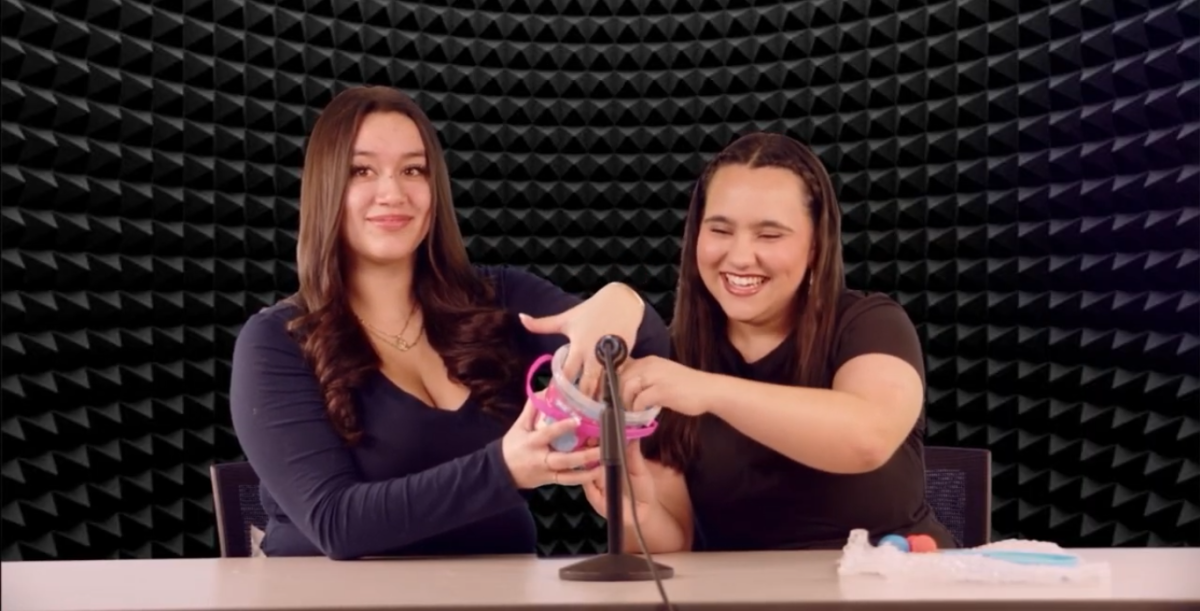The renowned brand known for its high-performance sports cars, Porsche transcended generations, shaping the very essence of sports car culture. The founder, Ferdinand Porsche, used to be the chief engineer for Mercedes-Benz and later designed the Volkswagen Beetle. In 1931, Ferdinand decided to create an independent design and engineering firm with his son, Ferry Porsche, in order to have control over the development and production of vehicles and customization of cars. After creating the company, Ferdinand went on to develop various innovative automotive designs, including the Volkswagen Beetle. Later, after Ferdinand’s death in 1951, his son, Ferry Porsche, took control of the company and went on to design the 356 model and many more.
Porsche 356
In 1948, the Porsche 356 was the first production car to bear the Porsche name. Designed by Ferry Porsche, it was influenced by the Volkswagen Beetle, which his father had previously designed. The car was initially built in a small sawmill in Gmünd, Austria due to post-war restrictions in Germany at the time. The Porsche 356 had a rear-engine, rear-wheel-drive layout and came in various body styles. It was powered by air-cooled and flat-four engines. During its production run, the 356 underwent several revisions and upgrades, evolving from its initial design to become a highly regarded sports car. Its lightweight construction and agile handling made it popular among enthusiasts and racers alike. This car laid the foundation for Porsche’s subsequent success in the automotive industry.
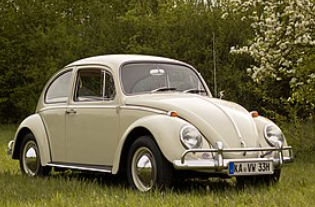
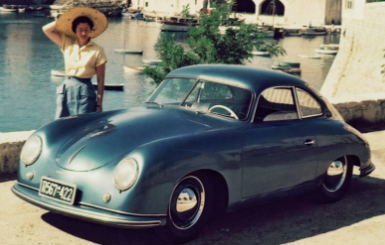
Porsche 356 A
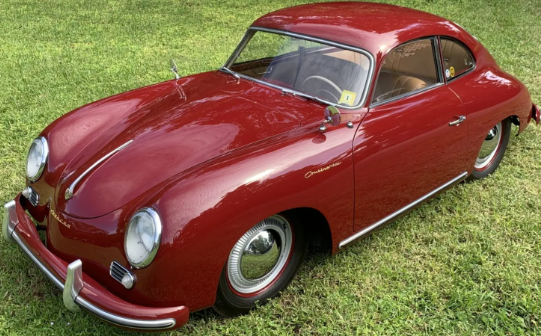
In September 1955, Porsche released the new 356 A, a more advanced version of the original 356. Unlike the original, the 356 A had a series with different variations of itself, such as: 356 A 1300, 356 1300 Super, and 356 A 1600. The A series visually differed from the original in many ways, but the biggest difference that set them apart was the single-piece, curved panoramic windscreen that the 356 A had. However, in September 1957, the 1300 models were discontinued, leaving only the 1600 to be produced. Moving forward, the A series were given sporty variants with additional “Carrera” description and were powered by the Fuhrmann engine.
Porsche 356 B
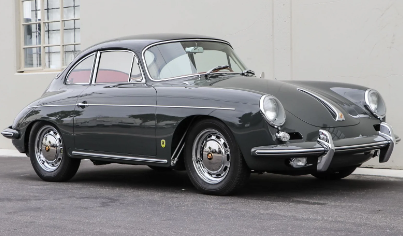
Released in September 1959, the 356 A was replaced by the remodeled 356 B. Like the A series, the 356 B had a series as well, including the 356 B 1600, 356 1600 Roadster, and 356 B 1600 Super. The difference with this model compared to the A series is that the front bumper position was about 10 cm higher, with larger rim flanges, as well as a higher adjustment to the headlights. Two years later, in 1961, the hood of the car was significantly widened towards the bottom and had the fuel filler cap on the front-right wing instead of it being on top of the hood of the car.
Porsche 356 C
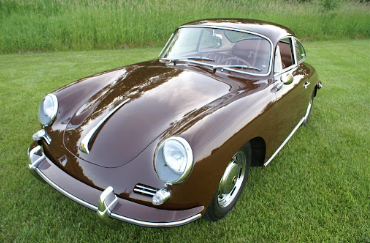
The last vintage model of the 356 collection is the 356 C. Its production began in July 1963 and lasted until the end of September 1965. Like the rest of the 356 models, the 356 C model came in two versions, the 356 1600 and the 356 1600 SC. The overall appearance of the car isn’t too different from the B series with a few exceptions. This car came with modified rims and better hubcaps on the wheels. The final Porsche 356 C was released in May 1966 but has since been discontinued. From the first production of the 356 and onwards, sales rose year by year but the series was discontinued to make room for the new Porsche production of the 901 (911) Porsche in 1964.
The 356’s innovative design and engineering laid the foundation for the legendary Porsche brand. Porsche continues to inspire and influence the modern lineup, ensuring its lasting impact on automotive innovation and performance.
Works Cited:
Dellis, N. (2022a, January 16). Porsche 356 – the story. Stuttcars. https://www.stuttcars.com/porsche-356-the-story/
Dellis, N. (2022b, November 14). Porsche 356 C SC (1964 – 1965). Stuttcars. https://www.stuttcars.com/porsche-356-c-sc/
History of Porsche | Porsche Spokane. (n.d.). https://www.porschespokane.com/history-of-porsche/
Model Overview 356: Porsche Classic. Porsche.com. (n.d.-a). https://www.porsche.com/international/accessoriesandservice/classic/models/356/#open-356-a
Model Overview 356: Porsche Classic. Porsche.com. (n.d.-b). https://www.porsche.com/international/accessoriesandservice/classic/models/356/#open-356
Porsche Historical Background: 1948-2018. Porsche Newsroom. (n.d.). https://newsroom.porsche.com/en_US/company/porsche-cars-north-america-historical-background-18072.html

















